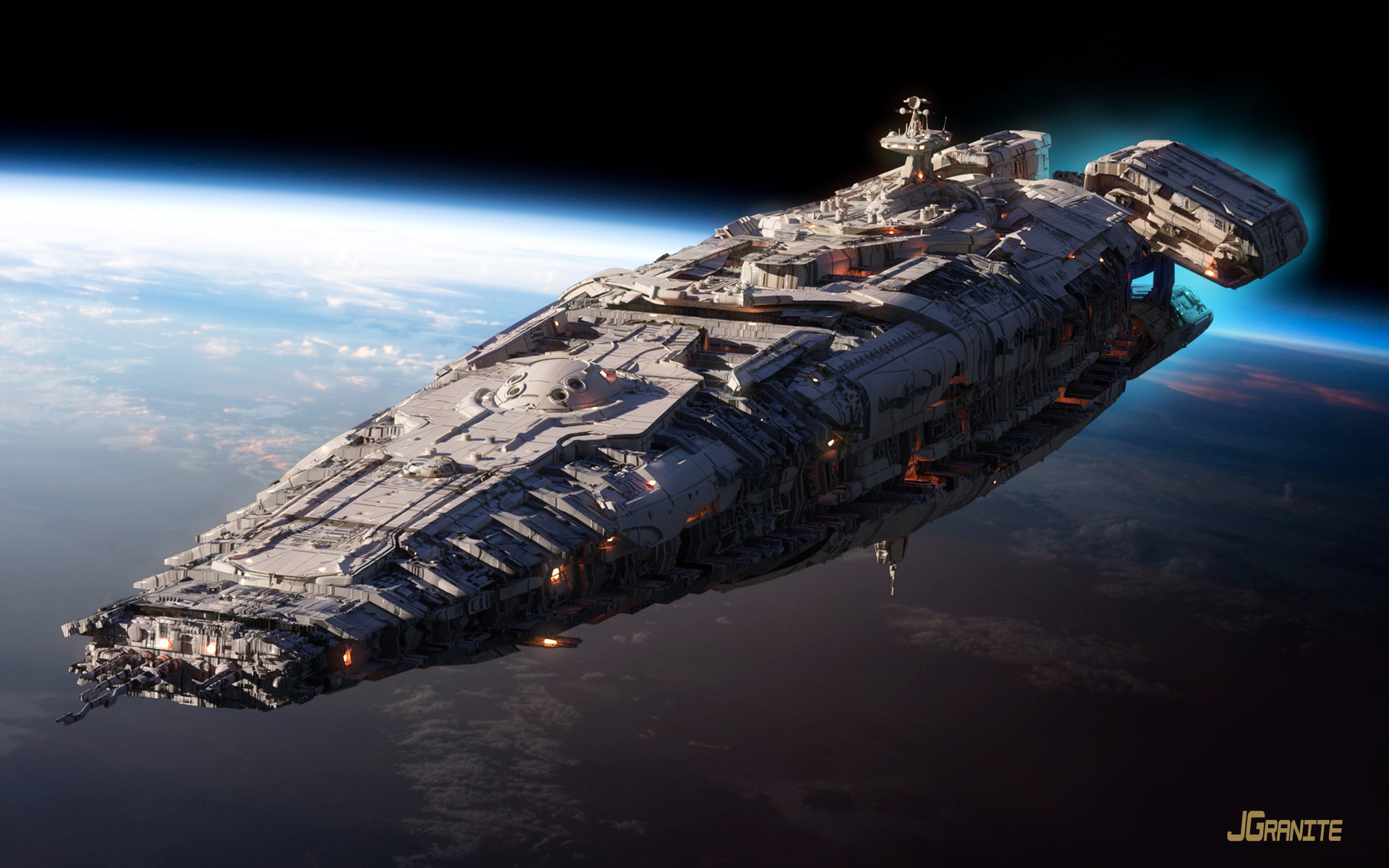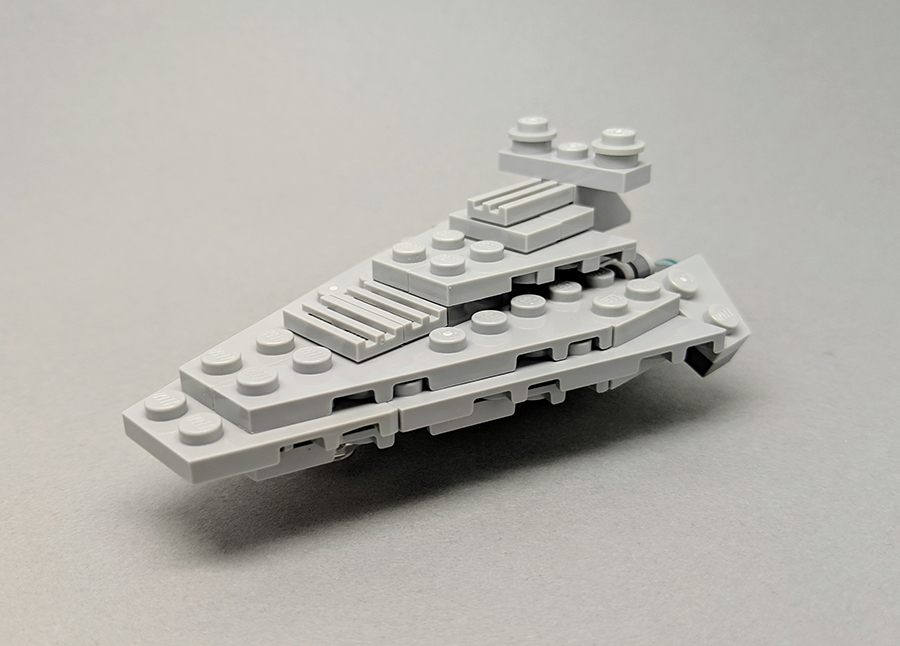

The bodies on most Ibanez korinas looked like ash, but were actually a type of mahogany known as “sen.” Among other details, these instruments attempted to reproduce the translucent natural finish on the bodies of the Gibson guitars’ limba wood, an African species that resembled mahogany. In the mid ’70s, Ibanez went after the ultimate American rarities when it introduced copies of Gibson’s “modernistic” trio of electric guitars from the late ’50s its Rocket Roll model was a copy of the Flying V, the Destroyer channeled the Explorer, and the Futura was a nod to the patented (but never produced) Moderne. These sometimes included copies of guitars originally made in minute quantities.

Emboldened by the sales of their instruments, importers soon brought copies of even more classic models, made with greater attention to detail. One example was an early-’70s Aria copy of a Gibson Firebird, with a “non-reverse” body attached to a neck with a quasi-reverse headstock and upside-down tuners. Litigation ensued, and not surprisingly, some copy guitars from the ’70s have been hyped in the used/vintage market as “lawsuit models.” Often, imported “copy guitars” had bolt-on necks (where the original models had set necks) or they melded cosmetics from more than one model. Accordingly, brands such as Ibanez, Aria, and Electra proffered guitars and basses that were cosmetically very close to Gibson and Fender models from the 1950s and ’60s. Still, much like today, few players could afford the real deal. The early/mid 1970s were the “glory days” for imported copies of classic American-made guitars and basses.īack then, the “vintage” vibe as it related to American-made electric guitars was in its infancy. 1977 Ibanez Destroyer Bass, serial number H775153.


 0 kommentar(er)
0 kommentar(er)
